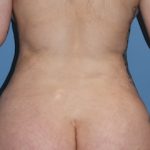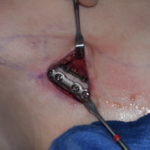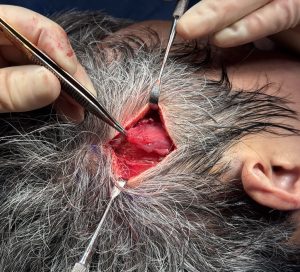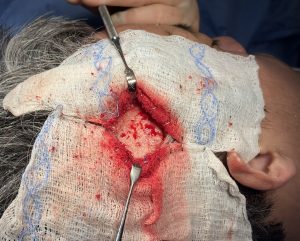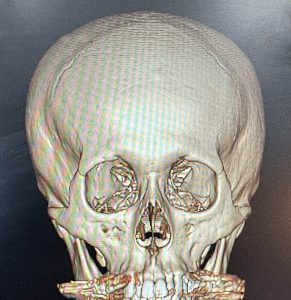
While the definitive treatment for a brachycephalic skull shape is augmentation of the back of the head a complementary procedure is reducing the width of the head in the parietal skull area. While the bone is not overly thick in this area some reduction is possible. But besides the bone reduction this bony area is covered by the posterior aspect of the temporal muscle which also adds to the width. When feeling the parietal eminence bulge it always feels like completely solid bone and patients swear that it is solid bone….but they are not anatomically accurate. Muscle must be removed with bone for optimal width reduction.
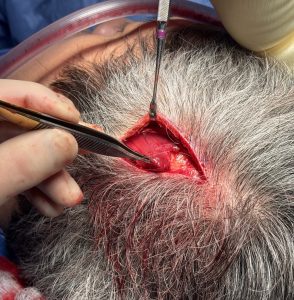
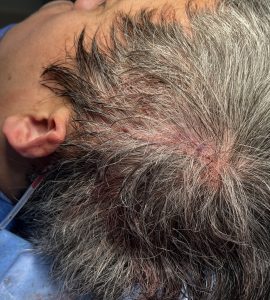
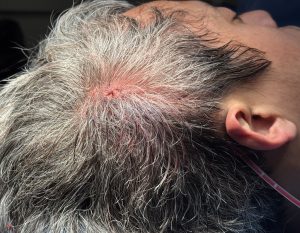
When the parietal-temporal skull reduction is performed as an isolated procedure the custom back of head implant can be placed through the existing vertical scar lines. When done with an implant the incisional access to place it is the same.
Dr. Barry Eppley
World-Renowned Plastic Surgeon

